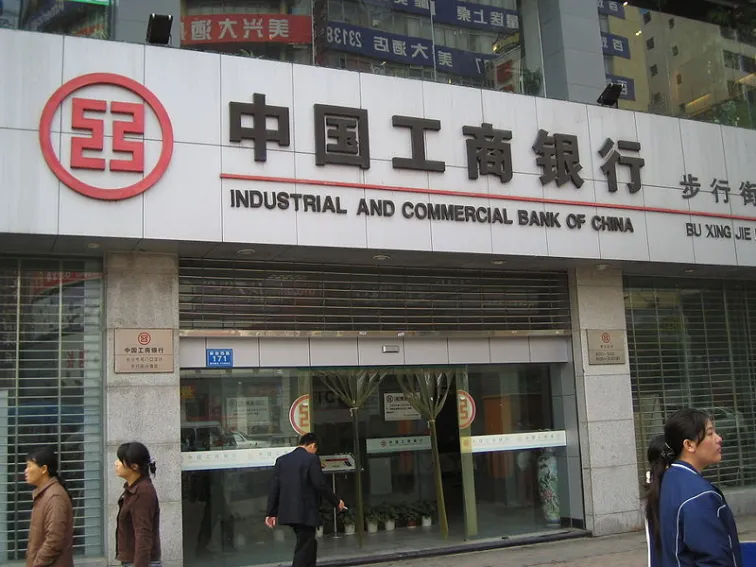
ICBC's total deposits of RMB14.5t in 1H13 driven by time deposits
Total loans grew by7.2% in 1H13 to RMB9.4t.
According to Barclays, total deposits at end-1H13 amounted to RMB 14.5tn, +0.9% in 2Q13 (vs. +5.4% in 1Q13), or +5.7% in 1H13, mainly driven by time deposits (+1.7% in 2Q13 or 9.5% ytd), despite weak demand deposits (-0.7% in 2Q13 or +2.5% ytd).
Total loans grew by 1.9% in 2Q13 (vs. +5.2% in 1Q13) or 7.2% in 1H13 to RMB9.4tn, mainly driven by personal loans (+5.5% in 2Q13, or +11.1% in 1H13), retail and wholesale (+8.2% in 1H13), and manufacturing (+3.7% in 1H13).
According to the management, ICBC has accumulatively extended RMB 4.34tn loans in 1H13 (+744.6bn y/y), with the turnover rate of 0.9x in 1H (+0.09x y/y), in an effort to increase the efficiency of the bank’s existing loan stock.
Here's more from Barclays:
Sequential NIM -7bps in 2Q13 on continued loan repricing
Under our calculation, ICBC’s NIM further declined by 7bps to 2.52% in 2Q13 (vs. -4bps q/q in 1Q13), mainly due to continued loan/deposit repricing after the rate cuts in 2012.
On an h/h basis, the bank’s loan pricing weakened by 31bps h/h in 1H13 (vs. -17bps h/h in 2H12), mainly driven by lower short-term corporate loan yield (-34bps h/h) and personal loan yield (-39bps h/h), despite the rising overseas loan yield (+57bps h/h).
The bank proactively shifted its loan portfolio toward higher yielding corporate loans by RMB 572.3bn (60% of loan growth).
Four new industries, advanced manufacturing, modern service, cultural, and emerging strategic industry, accounted for 80% of loan growth in 1H13 and total outstanding balance for these four industries reached RMB 3tn at end-June.
However, interbank asset yield saw a 23bps h/h increase in 1H13, as ICBC being a key beneficiary in the liquidity crunch event.
Deposit cost dropped by 3bps h/h in 1H13 (vs. flat in 2H12), mainly due to falling corporate time deposit cost (-12bps h/h) and lower personal time deposit cost (-8bps h/h). The average interbank funding cost was down by 7bps h/h in 1H13, implying ICBC’s strong liquidity position.
Management expects the interest rate deregulation process to further narrow banks’ NIM, but will help better allocate/balance the system credit sources.
System liquidity should be sufficient in 2H
According to the management, during the liquidity crunch in late June, ICBC was a net lender, and extended around RMB 1trn during the event (proved by the 23bps h/h increase in its interbank asset yield, and 7bps h/h drop in interbank funding cost).
Management believes the system liquidity should be sufficient in 2H, therefore does not expect the interbank rates to spike again.




![Lorem Ipsum [ABF 1]](https://cmg-qa.s3.ap-southeast-1.amazonaws.com/s3fs-public/styles/exclusive_featured_article/public/2025-03/a_hand_pointing_to_a_futuristic_technology_5b87c9d0e3_1.png.webp?itok=2w0y1WhS)


![Cross Domain [Manu + SBR + ABF + ABR + FMCG + HBR + ]](https://cmg-qa.s3.ap-southeast-1.amazonaws.com/s3fs-public/styles/exclusive_featured_article/public/2025-01/earth-3537401_1920_4.jpg.webp?itok=WaRpTJwE)







 Advertise
Advertise

